I’m a nutritionist and a cyclist, believe me when I say you’re probably not getting enough protein
Here's how much protein you actually need, how to choose the best protein sources, and sample protein-packed meal plans for omnivore and plant-based diets
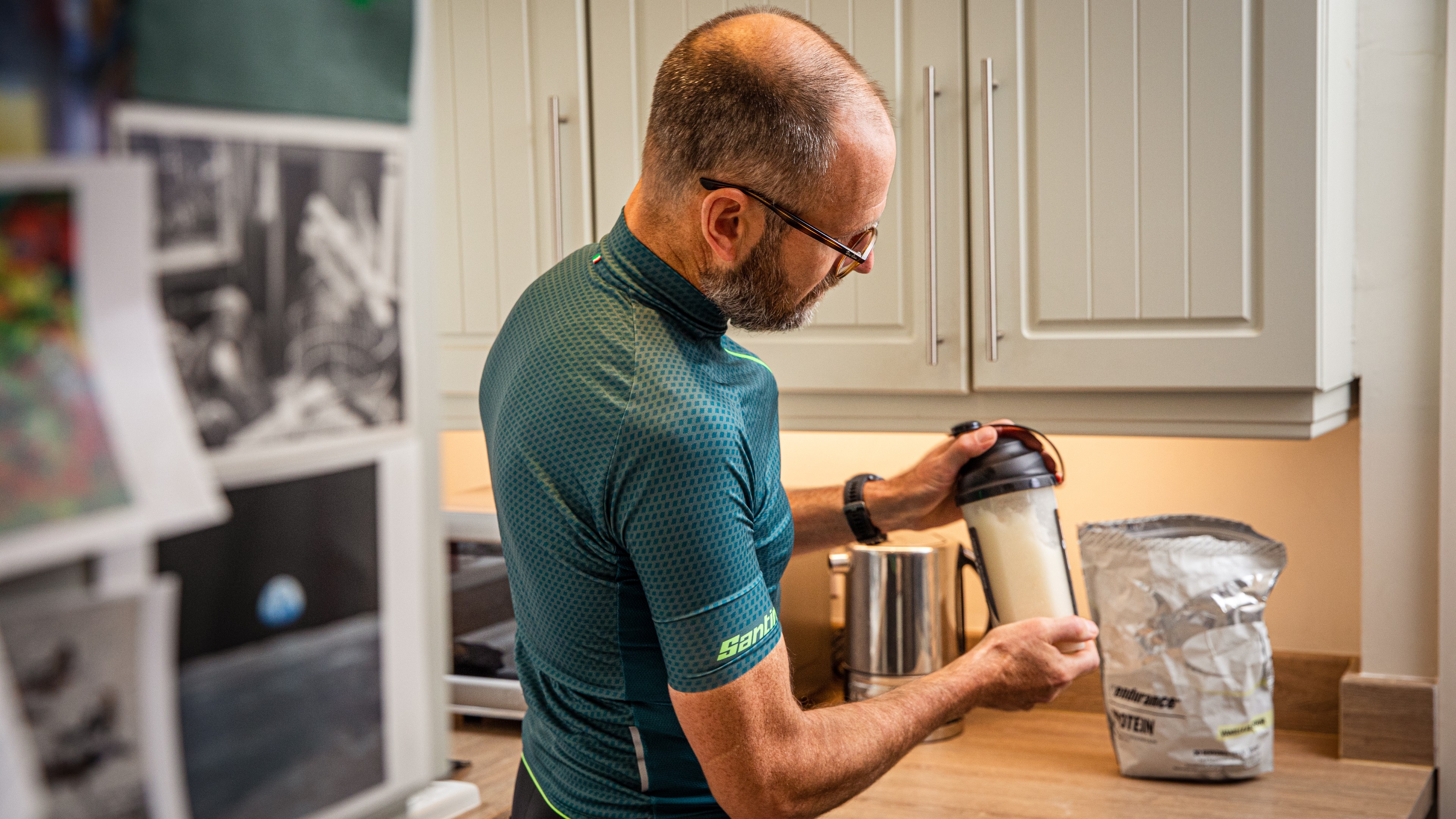

You spend countless hours on the bike, in the gym and fine-tuning your training and equipment with the latest science. But what about your diet—are you giving it the same level of precision? If you’re falling short on protein, you could be sabotaging your recovery and progress without even realising it.
As both a nutritionist and an athlete, I’ve spent years diving into the research and tweaking my own diet for peak performance. The reality is that the standard protein guidelines—a modest 0.8 grams per kilogram of body weight—fall far short for active individuals. Let’s dig into how much protein your body really needs to recover and thrive.
To effectively repair muscles and prevent muscle loss, research shows endurance athletes need significantly more protein—between 1.2 and 2.2 grams per kilogram of body weight per day. I recommend aiming for the higher end of that range, roughly one gram of protein per pound of body weight, to truly support your training demands. But it’s not just about how much protein you consume—it’s also about the quality.
Read on to discover why protein is such a game-changer for performance, how to choose the right sources, and simple, protein-packed meal plans for both omnivores and plant-based athletes.
Why is protein so important?
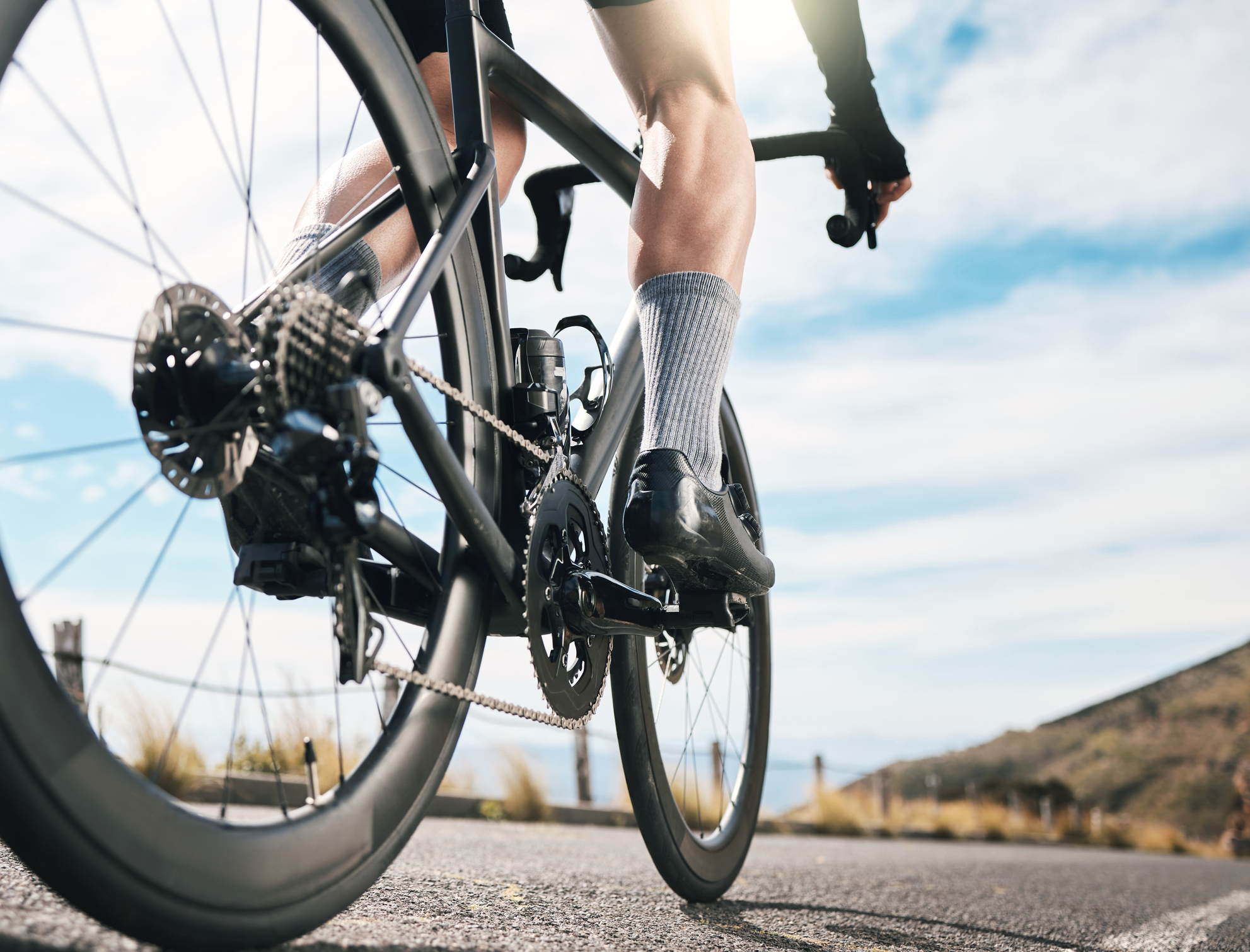
Protein is well-known for building and repairing muscles, but its role in the body goes far beyond that. It regulates hormone production and the immune system, transports oxygen throughout the body, and provides structure for hair, skin and bones. Adequate protein intake can also boost metabolism and promote healthy ageing—what’s not to like?
Protein plays a key role in controlling hunger and maintaining lean muscle mass, which is particularly beneficial for cyclists. It’s a misconception that increasing dietary protein leads to weight gain. On the contrary, consuming adequate protein helps regulate appetite by promoting feelings of fullness, reducing the likelihood of overeating or succumbing to cravings, especially during intense training periods. Given calories remain equal, if you increase the percentage of calories from protein (thereby necessarily decreasing that from carbs and fat), you’re likely to see an improved body composition, largely because protein takes far more energy for your body to process.
Not all protein is created equal
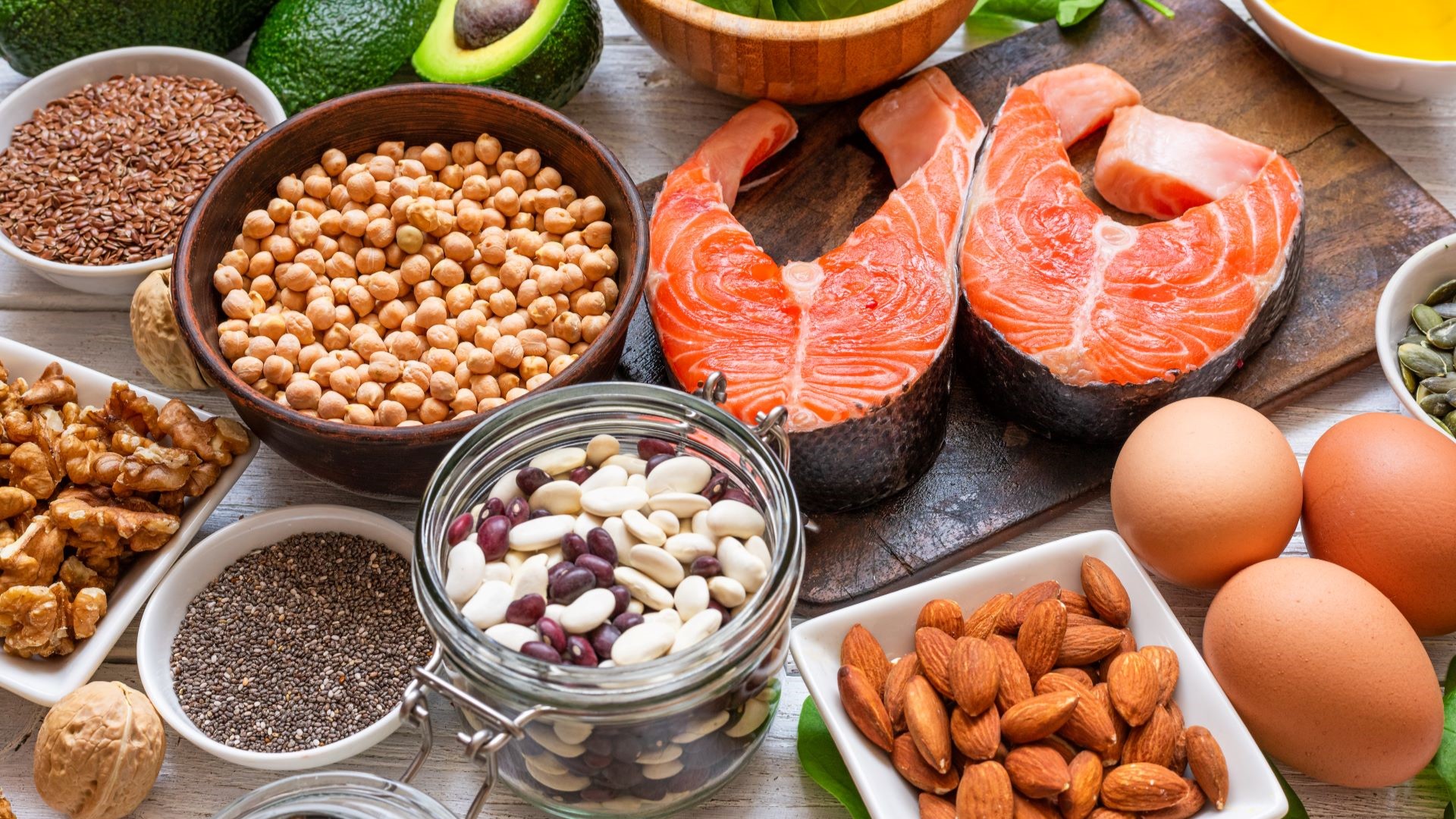
Eating complete proteins is critical for optimal health because they contain all nine essential amino acids the body cannot produce on its own. These amino acids help repair and build tissues, support immune function, and maintain overall cellular processes.
The latest race content, interviews, features, reviews and expert buying guides, direct to your inbox!
Complete protein sources include animal products like meat, fish, eggs and dairy. For those following a vegan diet, complete protein can be obtained from foods like quinoa, soy products (tofu, tempeh, edamame), amaranth, hemp seeds and buckwheat. Combining some incomplete plant-based proteins, such as rice and beans or hummus and pita, can also provide a complete amino acid profile.
Timing matters
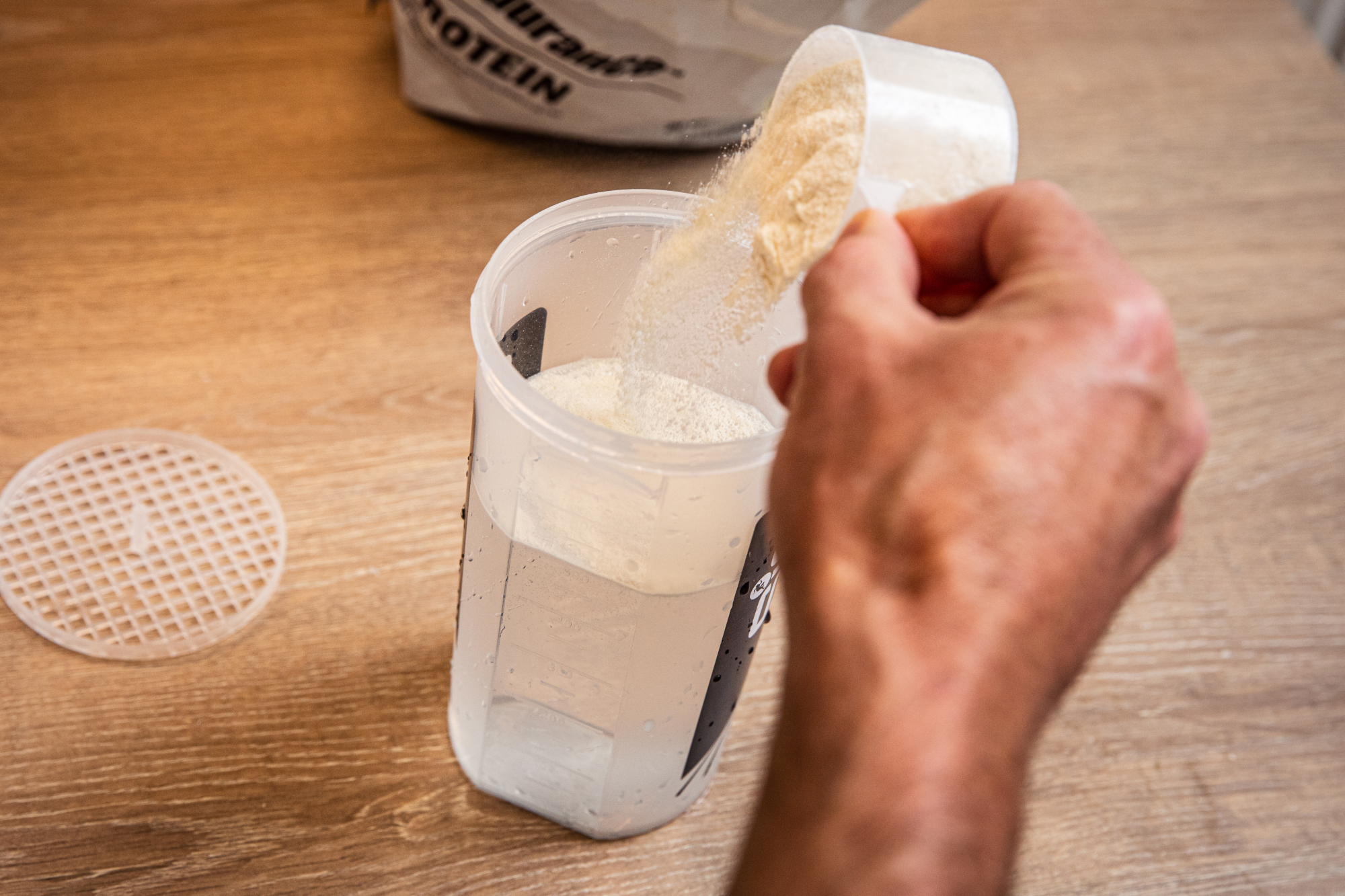
Consuming protein before and after long rides helps optimise performance and recovery.
Sufficient pre-ride protein and carbohydrates ensure your muscles have the building blocks to support sustained effort and prevent muscle breakdown.
Post-ride, protein plays a vital role in muscle repair and recovery, helping to rebuild damaged tissue and replenish glycogen stores when paired with carbs. Aim for 20-30 grams of protein as soon as possible after your ride.
During the ride itself, carbohydrates remain the primary fuel source, providing the quick energy needed to maintain endurance and power.
Men may need even more protein

Active men may require more protein than women, especially during periods of intense training, because they typically have more muscle mass and higher metabolic rates. If you feel like you aren’t recovering properly or have insatiable cravings on big training days, try Increasing your protein intake to 1.25 grams per pound.
To recap, prioritising protein at the correct times can enhance recovery, reduce soreness, and improve overall performance in subsequent rides. By ensuring your body has enough protein, you also help sustain muscle mass and improve body composition. Aim for one gram per pound of body weight, and see where adding more protein to your diet takes you this year.
Sample meal plans
Sample high-protein meal plan for omnivores
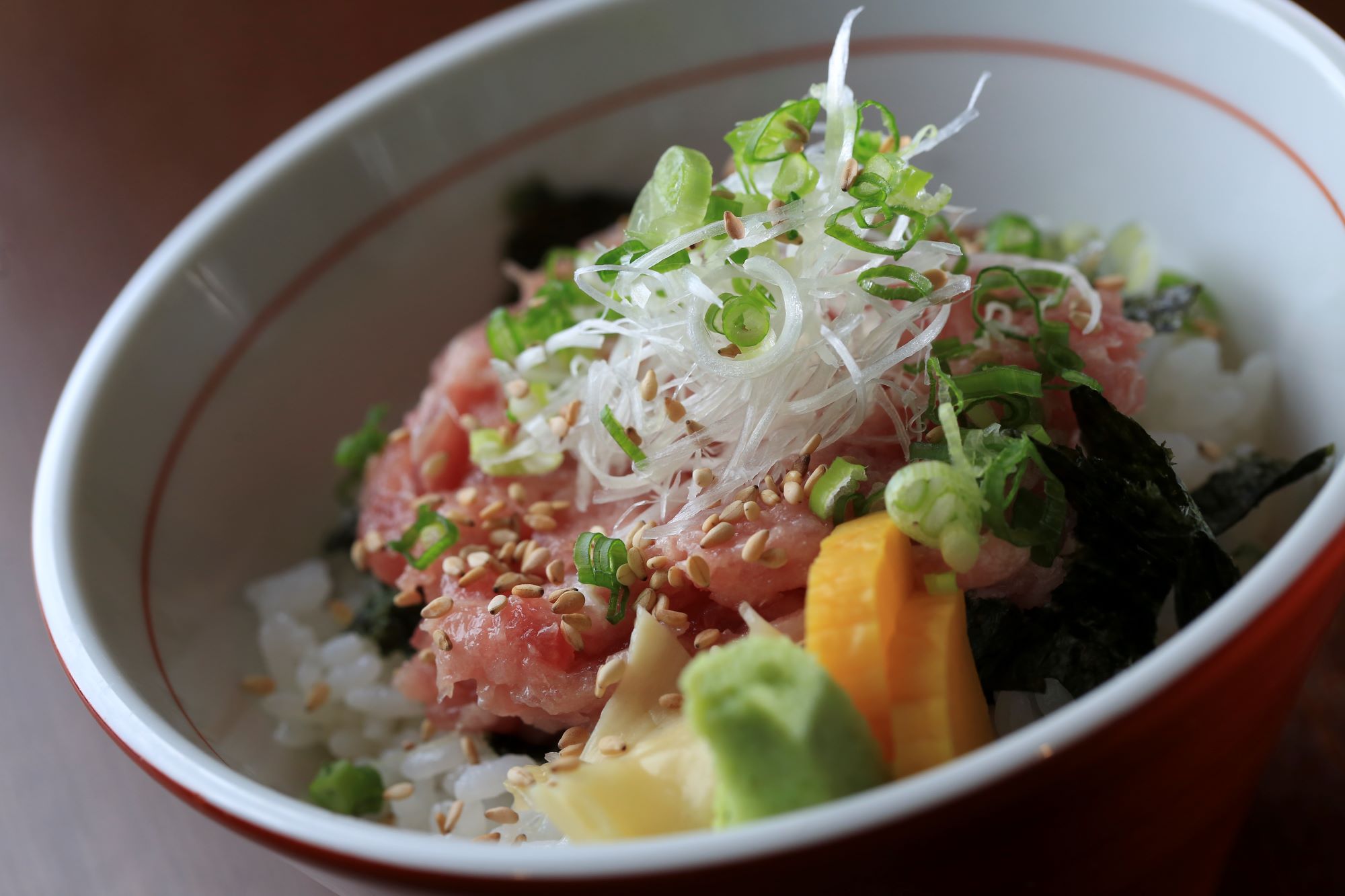
Breakfast
Omelette with two whole eggs, two egg whites, spinach, and feta cheese
Coffee with 4 ounces of whole milk
Pre-ride/during ride
Carbohydrates as needed (Banana, dates, oat bars)
Post-ride
Protein shake with one scoop of whey protein powder and one tablespoon of nut butter
Lunch
Rice bowl with 4 ounces of chicken or tuna
Dinner
6 ounces of steak or salmon with roasted vegetables
Dessert
Greek yogurt with fruit and honey
Sample high-protein meal plan for plant-based diets
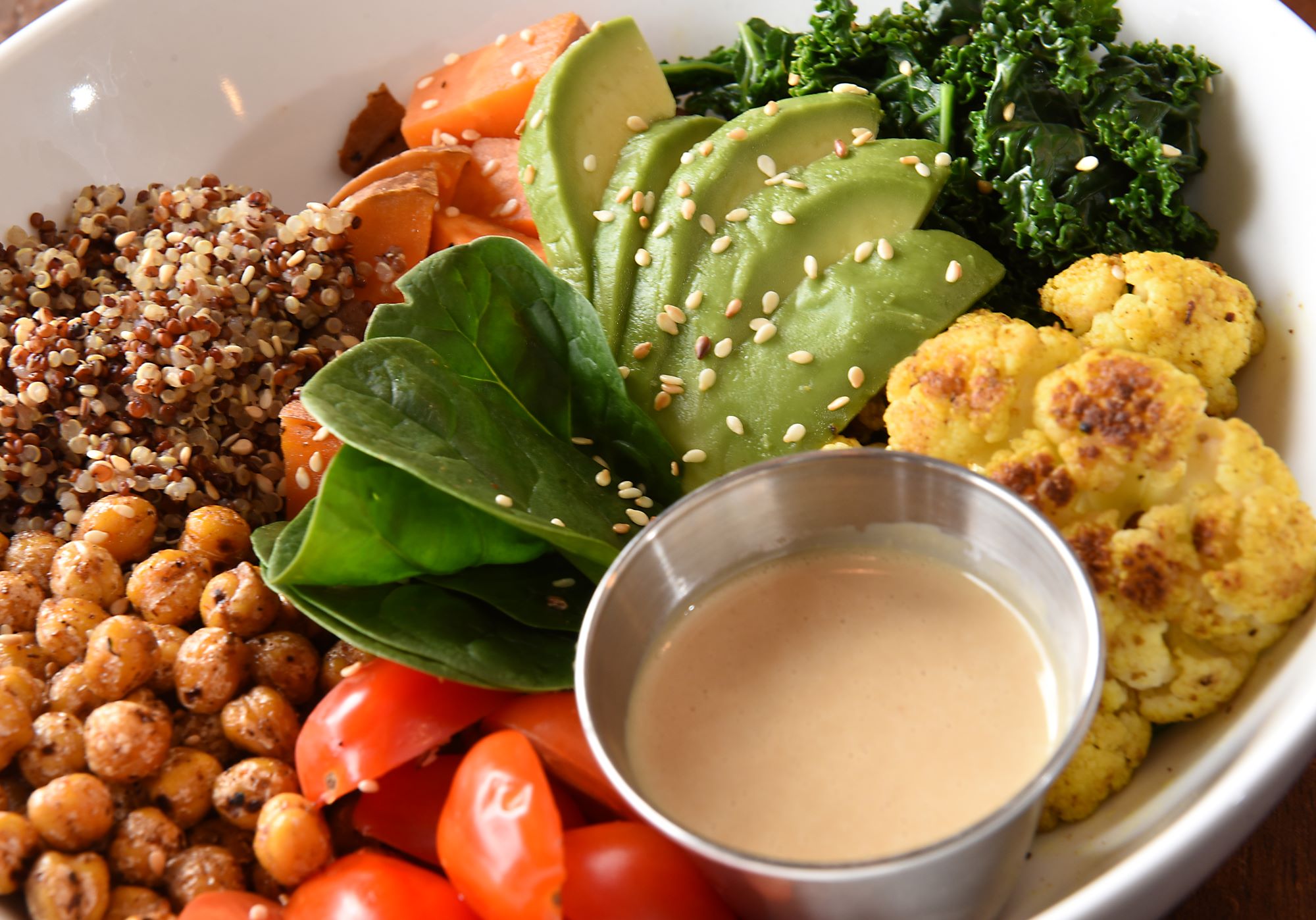
Breakfast
Oatmeal with one scoop of vegan protein powder (hemp or brown rice protein), nuts, and berries
Coffee with 4 ounces of soy milk
Pre-ride/during ride
Carbohydrates as needed (Banana, dates, oat bars)
Post-ride
Protein shake with one scoop of vegan protein powder and one tablespoon of nut butter
Lunch
Pita wrap with hummus, 4 ounces of tempeh, greens, carrots, and avocado
Dinner
Quinoa bowl with lentils and roasted vegetables
Dessert
Almond yogurt with granola, seeds, and berries

Liz is a freelance writer whose favorite topics include sports, health, and nutrition. She began riding road bikes five years ago and loves to dabble in local criterium races, although she gets the most joy from bike adventures with her friends and family. With a daughter on the way, she's looking forward to setting an example for how women are capable of any endeavor—and how to have fun along the way! Based in Austin, Texas, she also loves rock climbing, making art, and film photography
You must confirm your public display name before commenting
Please logout and then login again, you will then be prompted to enter your display name.